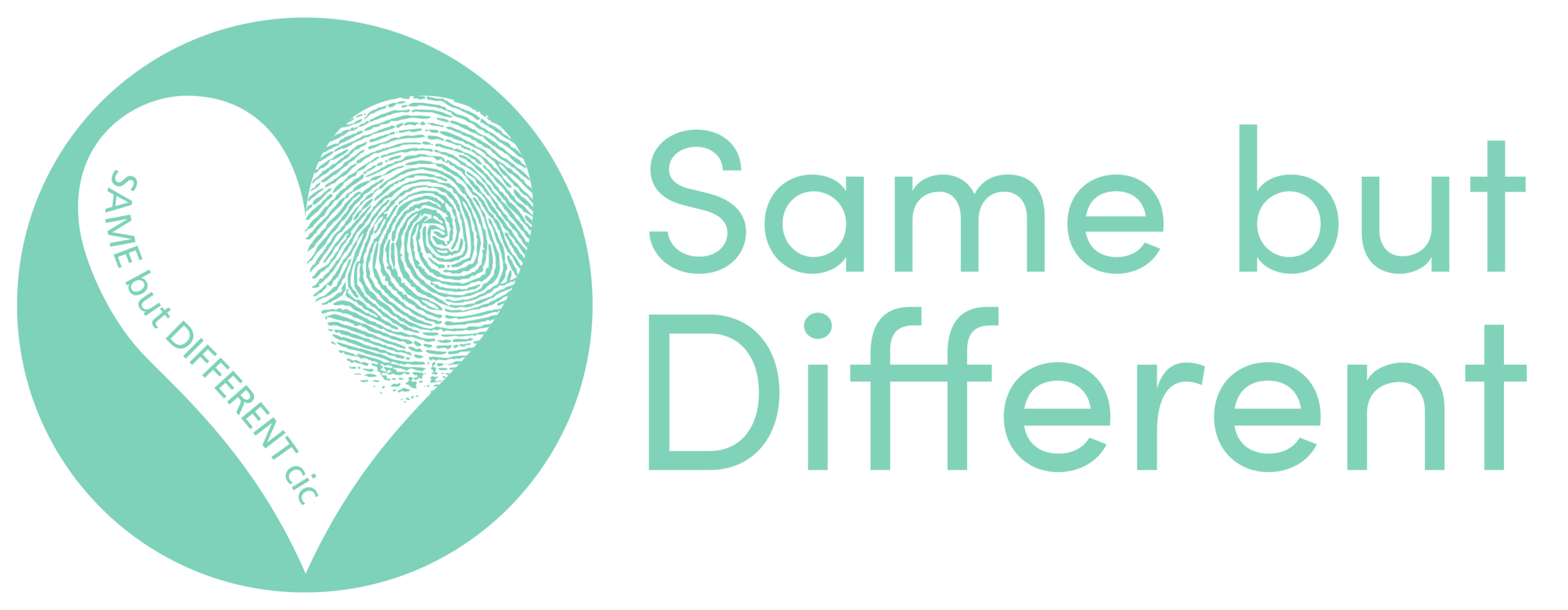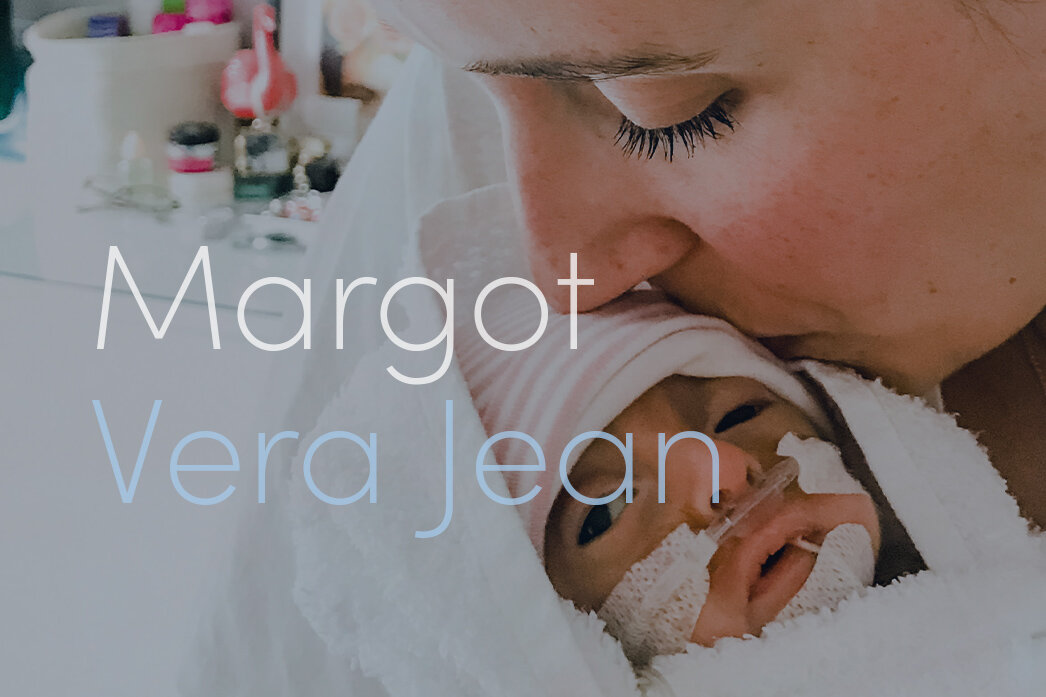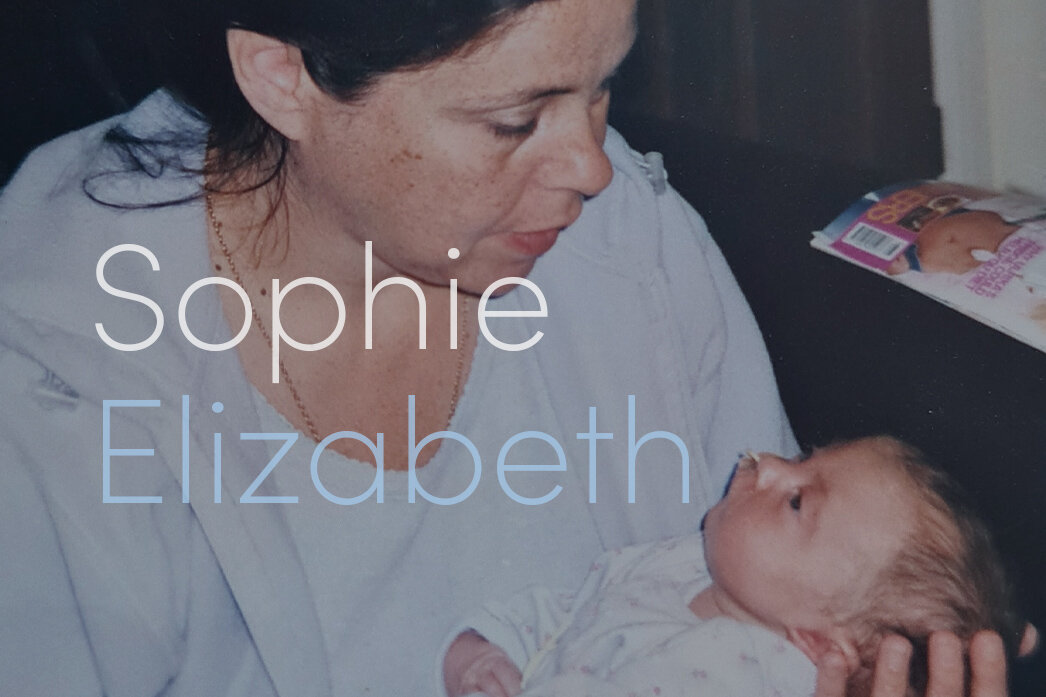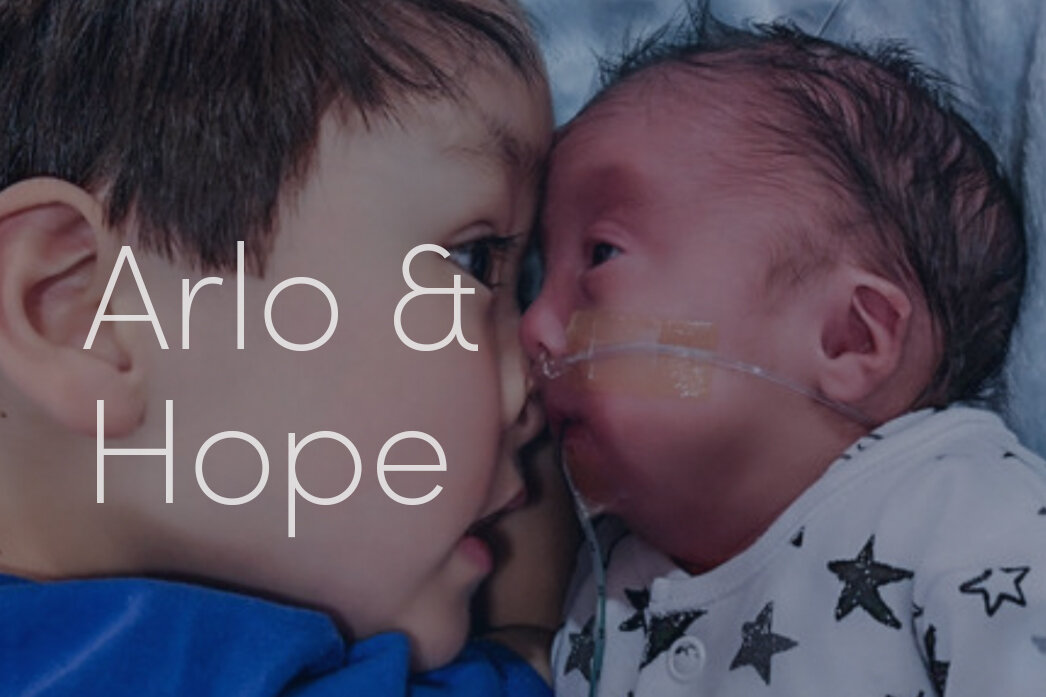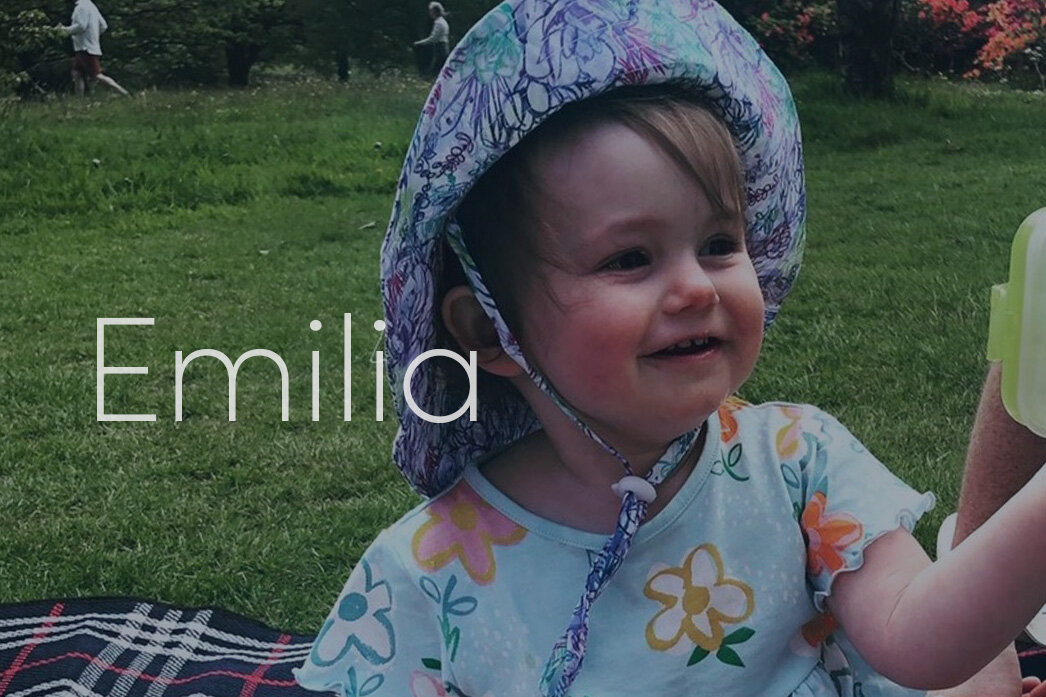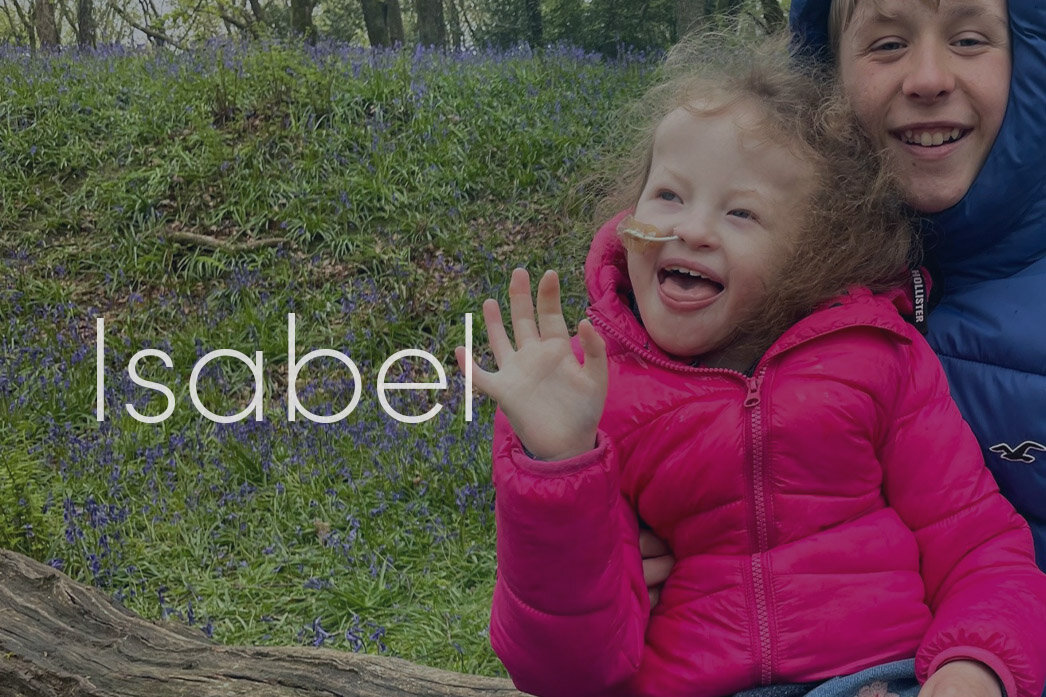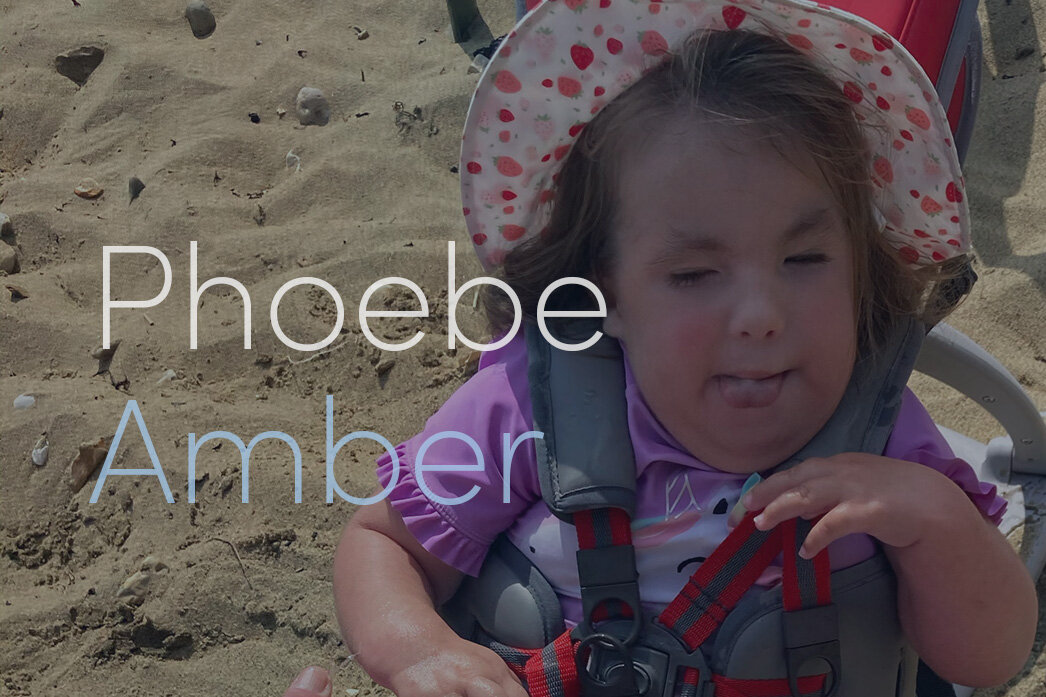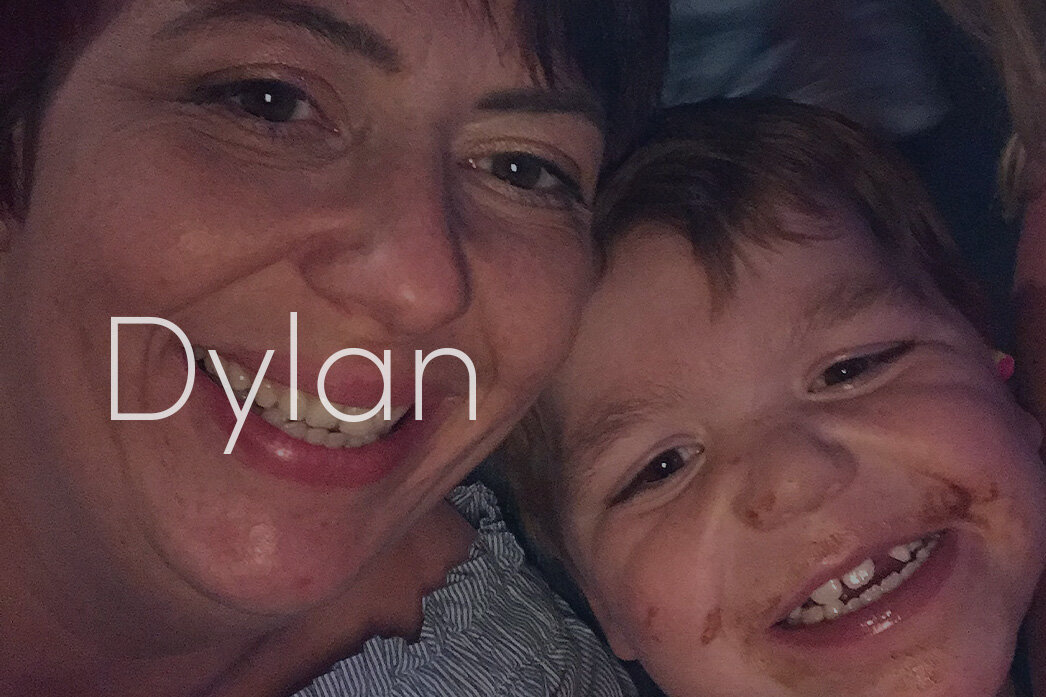The pregnancy with Hope was fine, it was the 12-week scan that showed something was wrong.
There was no information really given to us at that time, they said it could be Down’s, Edwards’ or Patau’s Syndrome. The majority of the information came from us going on the internet and then being absolutely petrified. I remember saying all the way through: “I just don’t want it to be Edwards’ Syndrome because that one’s the worst”. On the internet, it said it is a condition that is ‘not compatible with life’ which was just frightening. We had an NIPT test which was in trial at the time and the results came back with a high risk of Trisomy 18.
When we got the results of the CVS* test during the pregnancy, they said it was Trisomy 18 but also said it could be partial.
One of the consultants said “Just terminate because she’s not going to make it”.
It’s things like that that you don’t want to hear. They are still your babies, they’re still your children.
With Hope, they said they were pretty certain it was full Trisomy 18 but there was still a small chance it was not full T18 which has a better outcome. The only way to be sure was with an amnio*. Before we could do the amnio, Hope died on her own terms at 18 weeks.
We were told the chances of it ever happening again were very slim and that we wouldn’t have another child with it; any further pregnancy would be fine. So, after everything that happened with Hope, every week that Arlo stayed strong was like a little gift. The 12-week scan was perfect but when we had the NIPT (a non-invasive test) done, the results came back to say Trisomy 18 again.
However, they told us that the NIPT test was not diagnostic and that the only way to truly know is with an amnio. There’s a risk to the pregnancy with an amnio (invasive procedure) so we decided to wait for the 20-week scan. I think we clung to the hope that the NIPT was wrong because the 12-week scan was perfect - he was healthy and he looked fine with no obvious markers like there was with Hope.
At the 20-week scan, they were almost certain that it was full Edwards’ Syndrome and recommended an amnio there and then.
He had a hole in his heart, so we saw a Cardiologist who wasn’t too worried and said, in health babies, the hole had a good chance of closing on its own. Our consultant this time around was much more helpful. He talked through the options during pregnancy and after birth. He was very honest and said there were probably people in the hospital that would hear Edwards’ Syndrome and not work as hard or do as much for the baby, so to make sure everything we wanted was documented fully, after all he was still our baby.
It’s hard to have to deal with this alone or as a family so to have an outside person that you could turn to and ask questions, would have been a lot of help. Even the little niggly things that might seem inconsequential in a normal pregnancy became a big deal.
It’s very important to get advice and not just from the consultants but from people that have been through it. I think, if we had someone that we could have phoned at those times to ask, ‘what happened when you were this week along or what happened when he was born’, I think that would have helped an awful lot. It’s not just a lovely pregnancy that you sail through with your bump getting bigger, it’s the fear, it’s day by day. It’s ‘well, if we get through today, it’s another good day’. Every single day he continued to grow was a blessing to us. It helps to have someone that has been through it to talk to, someone human to talk to, that understands everything you’re going through, because it is a rollercoaster.
Arlo made it full-term, born by c-section at 39 weeks and he came out screaming.
He was just this little perfect bundle of joy. I didn’t think I’d love anyone as much as I love my first son. I thought it would be impossible and yet this overwhelming love came and I knew then I would do anything for that baby. He was perfect. He didn’t have club feet like they said he would. His fists were clenched, yes, and he had some markers, but in our eyes, he was just perfect. A little warrior.
As time went on, I just wanted to get him home and we started looking at full intervention. We wanted heart scans and we wanted his lungs checked out. We decided that on the Friday and had a heart scan booked on the Tuesday, but he died on the Monday, at 20 days old.
We were in the hospice and they called an ambulance and we went to the ER.
They wouldn’t let me in the ambulance with Arlo and I thought they’re just going to let him die because he’s got Edwards’. I was so scared I would never get to hold him again but when we got to the hospital, they’d brought him back, which I’m forever thankful to them for because they never once gave up on him. In the ER, I remember begging not to let him die or not to try to save him because he had Edwards’. That was hard. They did try, but I think the C02 in his lungs had built up too much and he couldn’t get rid of it himself. That was a difficult conversation but I think we knew then that it was his time. We didn’t want him in pain, and if they intubated him, he would have ended up in more pain. It was comforting to see that the nurses and doctors were just as upset as we were. Arlo touched them all and I knew they were doing their best for him. If we’d have had a team that were cold and clinical, I think that would have been harder when he died.
At his funeral, the celebrant said: “Arlo stands for Always Remember to Love Others, because all he knew in his short life was love”. That’s it, that’s all he knew. Everyone who met him fell in love and I believe he felt it all, I believe that’s his legacy. We try and keep him alive in whatever way we can. We want people to talk about him, we want people to know his name and we want people to know what an amazing little baby he was. In his short life, he brought so much happiness.
There’s no such thing as not compatible with life. Life’s life. No one has the right to decide our babies were not compatible with life!
*Chorionic Villus Sampling (CVS) is an invasive, diagnostic test carried out during pregnancy. A sample of chorionic villi is removed from the placenta for testing.
* Amniocentesis or an amnio involves taking a sample of amniotic fluid during a pregnancy and testing it for certain conditions.
Read the other Stories in the ‘You’re not Alone’ Exhibition
Gratefully supported by:
